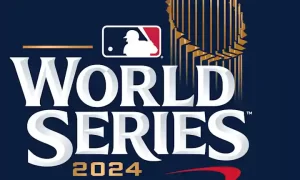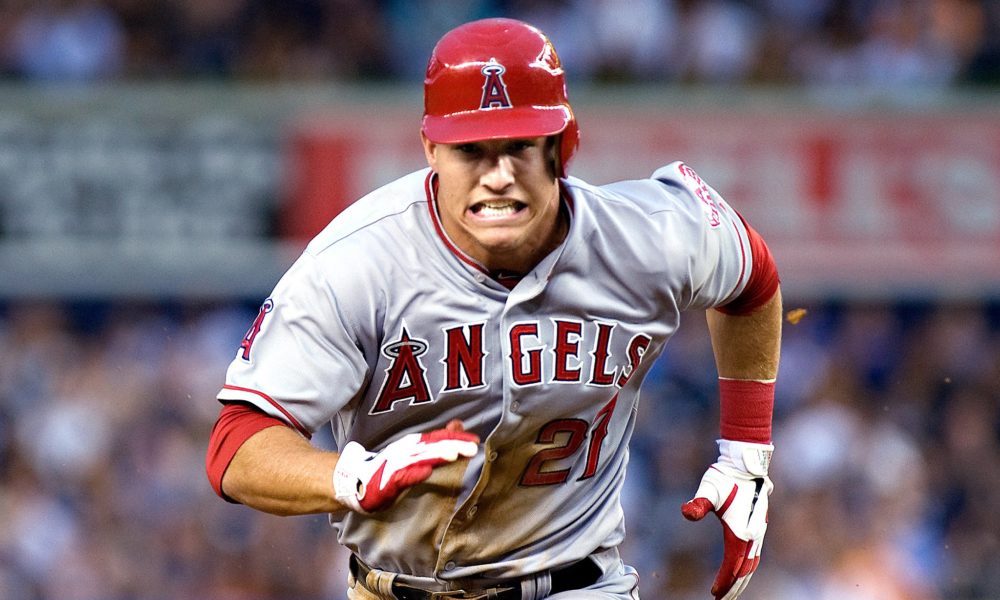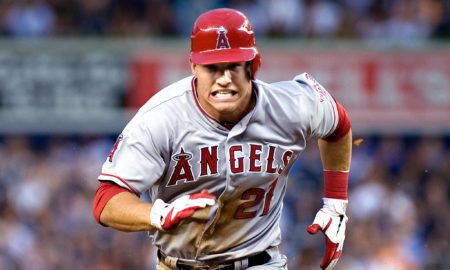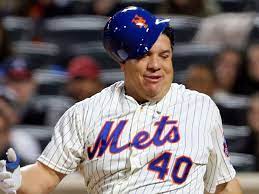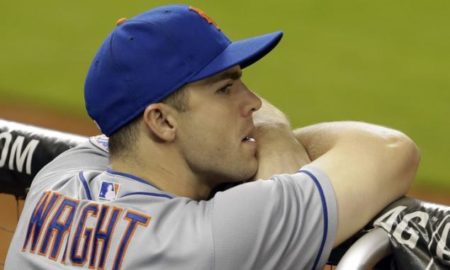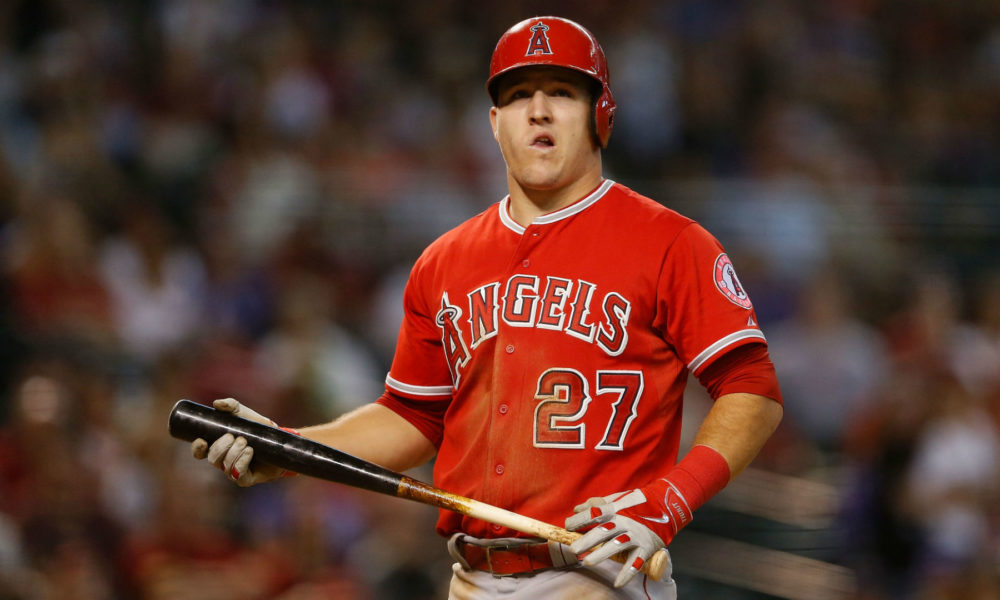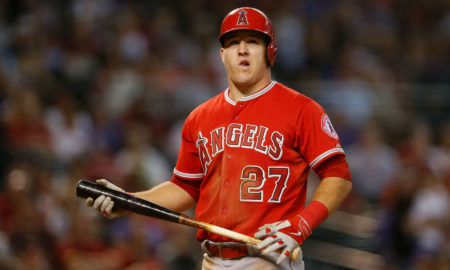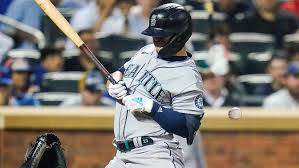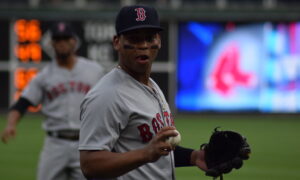Checking in on the Rays Leverage Index (And not their baseball team)
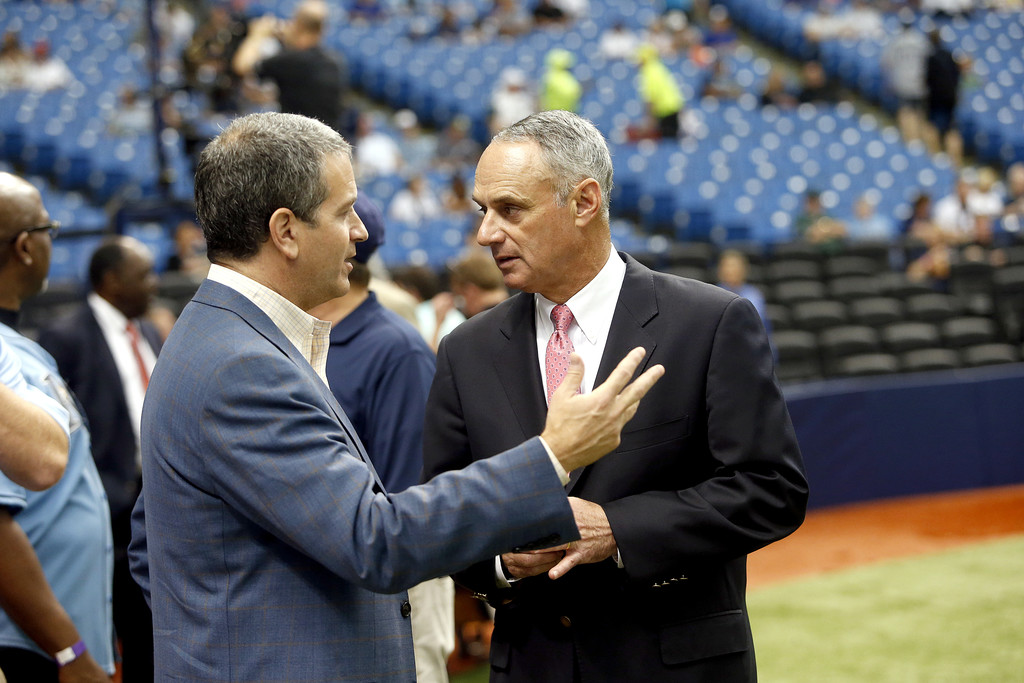
Tampa Bay Rays principal owner Stuart Sternberg has been putting the phrase “There’s no such thing as bad publicity” to the test recently.
The team recently made an announcement that during the postseason, a sign would be posted in Tropicana Field touting the team’s interest in playing half of its games in Montreal at some point in the near future. Team President Matt Silverman cited the potential timeshare arrangement as being the best chance at keeping baseball in the Tampa area “long term.” Yet, after receiving backlash that primarily centered on the idea such a sign would take away from the players and play on the field during the postseason, Sternberg changed course and said plans for a Montreal-themed sign had been nixed. He apologized to the team’s fans, in large part due to the bad publicity he’d incurred.
Was it bad publicity though?
As with virtually every modern baseball discussion, this one has a history. In order to frame what Sternberg and the Rays are doing in its proper context, we have to take a step back and do a quick review about how we got here.
In 1983, Chicago White Sox owner Jerry Reinsdorf flew to St. Petersburg to meet with local officials about the possibility of moving the White Sox to sunny Florida. Reinsdorf of course had no intention of leaving Chicago, later explaining “A savvy negotiator creates leverage. People had to think we were going to leave Chicago.”
Turns out Reinsdorf was a trailblazer because over the next decade, owners of the teams in San Francisco, Texas, Cleveland, and Baltimore all also publicly threatened to move to the Tampa – St. Pete area. As a reader of Off the Bench Baseball, you’re an astute fan, but just in the off chance you missed it, all five of those franchises received deals for new stadiums not long after their flirtations with St. Petersburg.
MLB teams in search of new stadium deals and their dalliances with St. Petersburg ended in 1995 when the Tampa Bay Devil Rays were awarded an expansion franchise, set to open play in St. Petersburg in 1998. Although the Tampa–St. Pete area could no longer be used as leverage by other teams as a potential landing spot, there are two important points to take home that are relevant to the topic currently under discussion.
First, MLB typically receives a nine-figure expansion fee from new franchises, so a new team is always preferable to a re-located one in MLBs eyes. In fact, when the San Francisco Giants were sold to a group of local investors in Tampa in the early 90s, the deal was nixed by the National League in part because other owners didn’t want the Giants potentially re-locating to Tampa. Their motivation seems to be that such a move would reduce their leverage – owners would no longer be able to threaten to move their team there.
Secondly, with Tampa Bay (and Denver, and Miami, and Phoenix) off the “viable threat for re-location” market, MLB owners needed a new locale to use when attempting to hold their current fan bases hostage for new stadiums. For far too many reasons to comprehensively explore today, Washington D.C. was the only area left that was considered a viable home for an MLB team.
For MLB, the good news was there were investors (the Lerner family) that wanted to put a team in Washington D.C. This was even better news for then MLB Commissioner Bud Selig, who knew that a team that close to Baltimore would irritate the feathers off Orioles’ owner Peter Angelos, a longtime nemesis of Bud’s.
The bad news was that Selig’s plan to contract two teams already wasn’t going well, and a discussion of expanding the league a fifth time in less than a decade certainly wasn’t going to help his cries about MLB teams not being able to make money. So Selig, Ted Lerner, (then Marlins owner) John Henry, and (then Expos owner) Jeffrey Loria hatched a plan that the villain in any Bond movie would envy. Selig would “force” Loria to sell the Expos to MLB for $120 million or his team would be “contracted.” Henry would then sell the Marlins to Loria, and then Selig would approve the sale of the Red Sox to Henry despite Henry’s offer not being the largest for the team. Then MLB would sell the Expos to Ted Lerner for $450 million and move them to Washington D.C.
In the end, MLB profited $330 million from the “sale” of the Expos (much better than an expansion fee!) and Ted Lerner, John Henry, and Jeffrey Loria made billions. Yet most importantly with regards to today’s discussion:
Despite Selig’s toothless threats of contraction and Loria’s cries of poverty while in Montreal, the Expos attendance rose 26% from 2001 to 2002, then another 26% from 2002 to 2003 despite playing 23 home games in Puerto Rico. That is to say, Montreal would always be in play for a team to use as a threat of re-location.
Flash forward to today’s sideshow: After a failed attempt to get the Rays to move from St. Petersburg across the bay to Tampa (turns out the city of Tampa wouldn’t front the money for a new stadium and Stu certainly isn’t going to spend his own money), Sternberg has been pushing the team with two home cities ever since.
The two-city plan attempts to capture the best of both worlds, but is tone deaf to the fabric binding baseball teams with their fans.
Due to the seasonal climates in both cities, playing in Florida in the spring and Montreal in the summer would be better for fans and would lower the cost of stadium construction as roofs may not be necessary. (Yes seriously, TWO new stadiums will be necessary to complete this plan.) We can only assume that if the Rays-Expos are any good and play deep into October, daily weather forecasts will determine where postseason games will be played. Making this plan even more ridiculous is that the Expos themselves, as noted above, have already tried the dual location idea, playing some “home” games in Puerto Rico when MLB owned the team and it was a process that nobody involved with the Expos enjoyed.
Additionally, Sternberg is in the process of being sued by minority owners of the Rays who allege Sternberg squeezed them out of profits while simultaneously exposing them to taxes. As a result, the negotiations that had been ongoing with the city of St. Petersburg to redevelop the site where Tropicana Field stands, are currently on hold. St. Pete mayor Rick Kriseman has rightly decided it is pointless to negotiate while the litigation is ongoing.
Regardless of the posturing today, the city of St. Petersburg, and Tropicana Field are tied together until 2027 with their lease agreement. Given proposed redevelopment plans, it’s not certain the city even wants the Rays there beyond that marriage. The Rays seem to think greener pastures are nearby, but they’re stuck with each other regardless until 2027.
All of this brings us to my point, which I’ve come to in my usual circuitous manner. It’s a pretty safe bet that Stuart Sternberg believes there is no such thing as bad publicity. Sternberg doesn’t need to have a viable plan to get what he wants – he only needs people to think he has a viable option. To attain that goal, it’s irrelevant to him if he’s cast as a villain for suggesting a Montreal sign should be posted at the Trop. It’s also irrelevant to him if team President Brian Auld embarrasses himself in front of the media by clarifying that the Rays have not talked to officials in other cities, especially “not in Nashville or Charlotte”. (“No honey, I’m not having an affair, and I’m certainly not having an affair with either Jane or Suzy.”) Sternberg and the Rays are merely using a playbook that other owners have been using successfully for 40 years.
It’s a circus that’s easy to make light of if you’re on the outside looking in, but the Rays do in fact have fans. Not nearly as many as the Yankees or the Red Sox, but they do have fans who care and they’re the ones who will be the last people considered as this mess works itself out. It should also go without saying that the on-field product of the Rays, has been pretty darn good for a long time, as they’ve won just as many AL East titles as Boston and New York have over the past 14 seasons (they all have four division titles over that span).
We should be writing about Wander Franco’s on base streak and Randy Arozarena’s emergence and Mike Zunino’s 32 homers and Ryan Yarbrough’s funky delivery and Shane Baz’s fastball and David Robertson’s miraculous return and Collin McHugh somehow posting a sub-2.00 ERA. Not about Stu Sternberg. But this appears to be the Rays brand: Don’t look at the players or the fun on the field, look at how savvy and free thinking we are.
Perhaps Rays’ fans and players can console themselves with the knowledge that the team was worth $152 million when Sternberg purchased it, and now it’s worth $1.055 billion. Who among us wouldn’t seek greener pastures if we only received a close to 700 percent return on our investment?
Hang in there Rays and Rays fans, you’re not the first fan base and certainly won’t be the last to deal with such disingenuous nonsense.
*For the receipts on all the above, check out Neil deMause’s great book “Field of Schemes” and Jon Pessah’s fantastic “The Game”.
-Jon Rimmer

